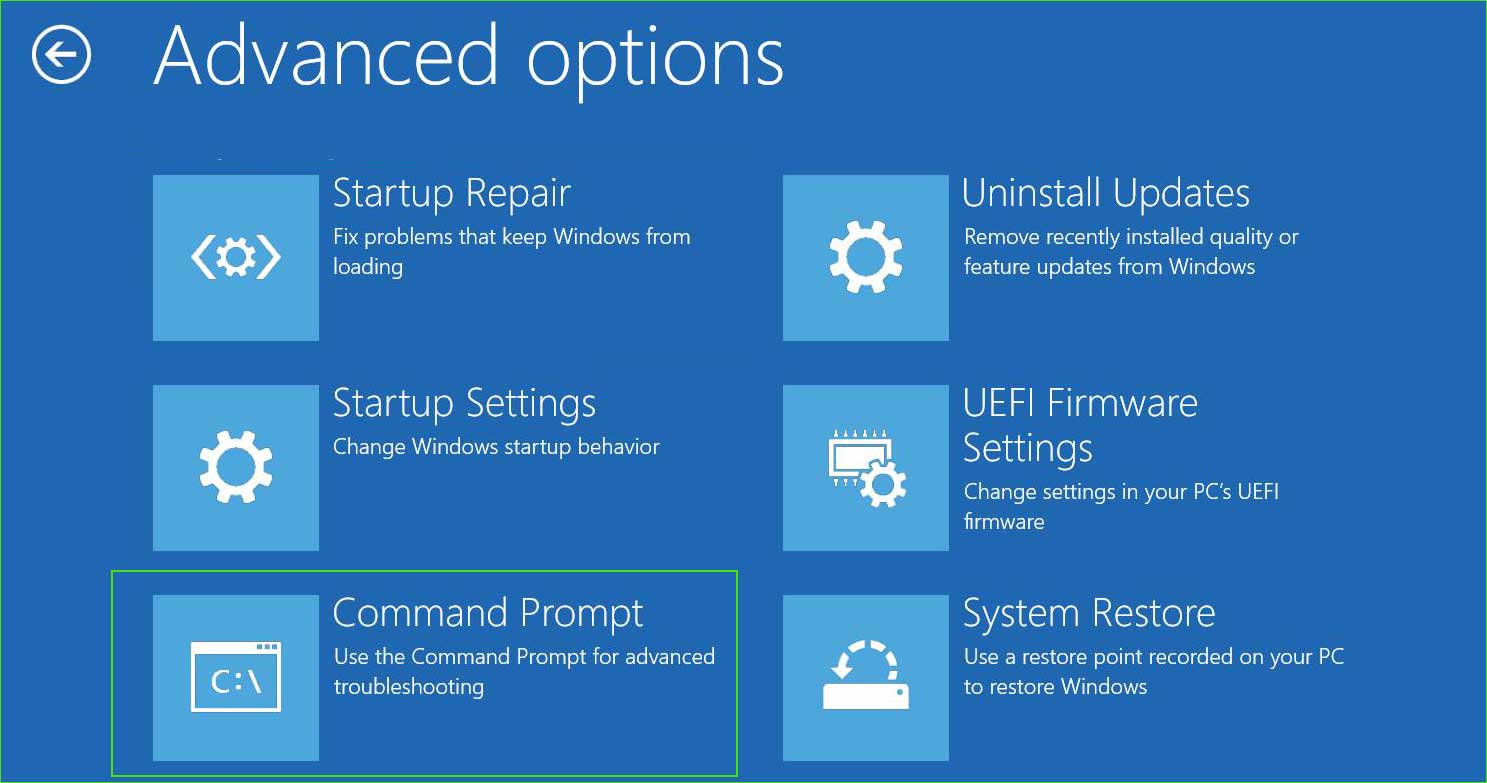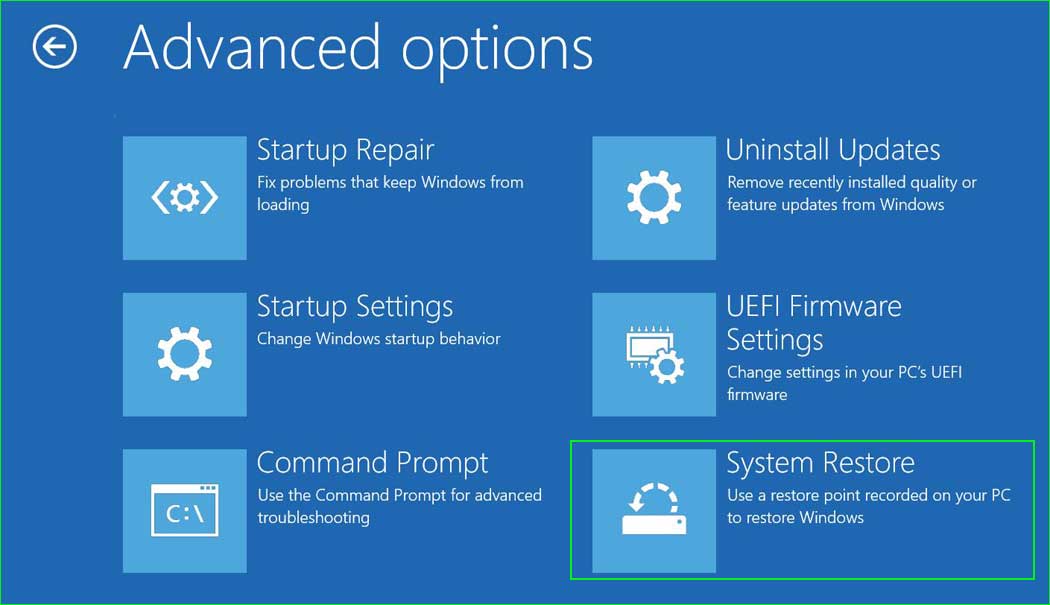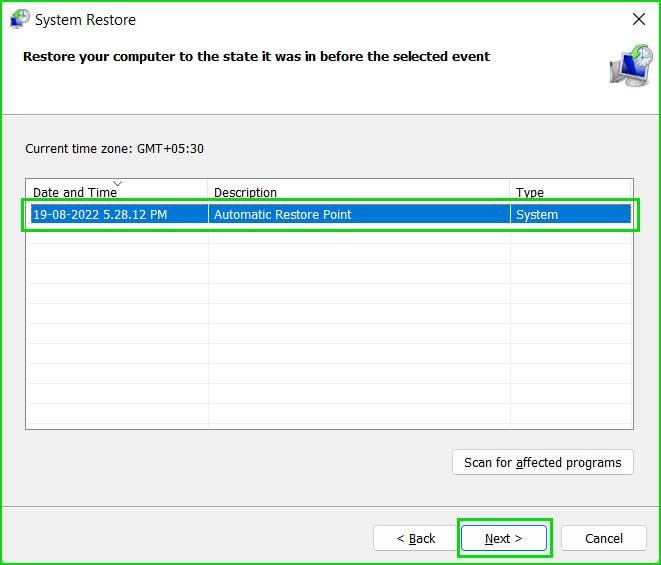The Hardlock.sys error is a commonly encountered problem in Windows 10 and Windows 11 computers. It can significantly impact the smooth operation of the Windows operating system, often resulting in the infamous Blue Screen of Death (BSOD) error known as “Page Fault in Nonpaged Area.”
No matter if you’re facing the dreaded blue screen of death, startup failures, or boot problems, this tool enables you to boot up your PC and recover your precious data effortlessly. So, be sure to use EaseUS Data Recovery Wizard to safeguard your files before proceeding with any fixes!
Note: Free Version allows you to recover upto 2GB Data.
This error is directly linked to the hardlock.sys file, which serves as a system driver used by various hardware dongles and security programs. When this file becomes corrupted, it can trigger a range of system issues, including crashes, freezing, BSOD errors, boot problems, startup issues, and other undesirable consequences.
You may encounter hardlock.sys error:
- When installing a program on your Windows 11 & 10 PC.
- When updating Windows 10 & 11
- When launching an apps and driver cannot load.
- When you insert sentinel key.
- When booting a computer and get page fault in nonpaged area, etc.
Is Hardlock.sys file a virus or malware?
Absolutely. The hardlock.sys file itself is not a virus or malware. It is a system driver file utilized by various hardware dongles and Windows security programs.
However, like other Windows files, the hardlock.sys file can become corrupted, damaged, deleted, or infected by viruses or malware, especially if your computer has been compromised.
If you encounter errors related to the hardlock.sys file or suspect it may be infected with malware, it is recommended to run a comprehensive scan on your computer using trusted and up-to-date malware protection software.
Cause of Hardlock.sys driver error?
The hardlock.sys error can occur due to one of the following reasons:
2. Severe infection of the computer with viruses or malware.
3. Corruption of the registry file.
4. Installation of incompatible drivers or software.
5. Missing, corrupted, deleted, or misplaced system files such as DLL files, EXE files, and SYS files.
6. Disk read errors on your hard drive.
7. System shutdown during a hardlock.sys driver update, and so on.
Can I hardlock.sys driver download and install independently?
It is not recommended to download the hardlock.sys driver directly from unknown sources, as doing so may result in downloading malware or viruses disguised as this file. Instead, it is advisable to follow best practices and update the driver that includes the hardlock.sys file from a reputable and official source.
How to remove Hardlock.sys driver error – page fault in nonpaged area.
As you may be aware, this error is a type of BSOD (Blue Screen of Death) error that occurs before the system starts, preventing access to the login screen. Thankfully, there are several troubleshooting steps you can follow to resolve this error and restore stability to your Windows 10 and Windows 11 systems.
Case: When Windows doesn’t boot
Method 1: Repair the Corrupted System File using the Windows Recovery Mode.
If Windows is not booting, then follow the below steps to repair corrupted system files.
Run SFC, CHKDSK, DISM command
sfc /scannow
Dism /Online /Cleanup-Image /CheckHealth
Dism /Online /Cleanup-Image /ScanHealth
Dism /Online /Cleanup-Image /RestoreHealth
chkdsk C: / f / x / r
Method 2: Uninstall recently installed updates.
The hardlock.sys – page fault in nonpaged area error commonly occurs when a Windows update installation remains incomplete. In such cases, it is advisable to remove the incomplete installation of Windows updates and initiate a fresh download of the updates. This can help resolve the issue and ensure a successful update installation.
Uninstall Updates - Step by Step
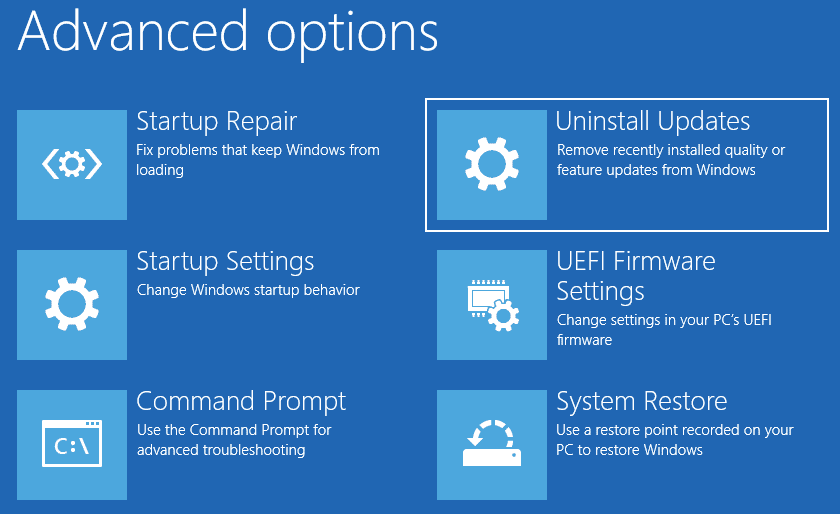
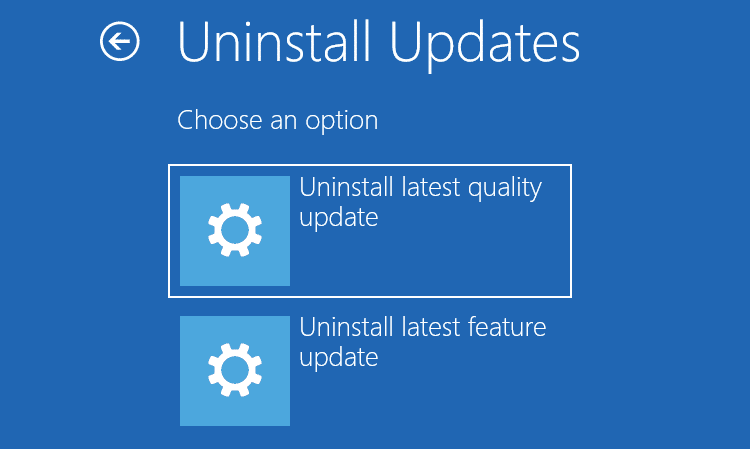

Method 3: Perform Startup Repair
If the previous method did not work, you can try performing a startup repair. To do this, you will need a bootable Windows USB drive. If you do not have a bootable USB drive, you can create one using the following steps.
Startup Repair - Step by Step
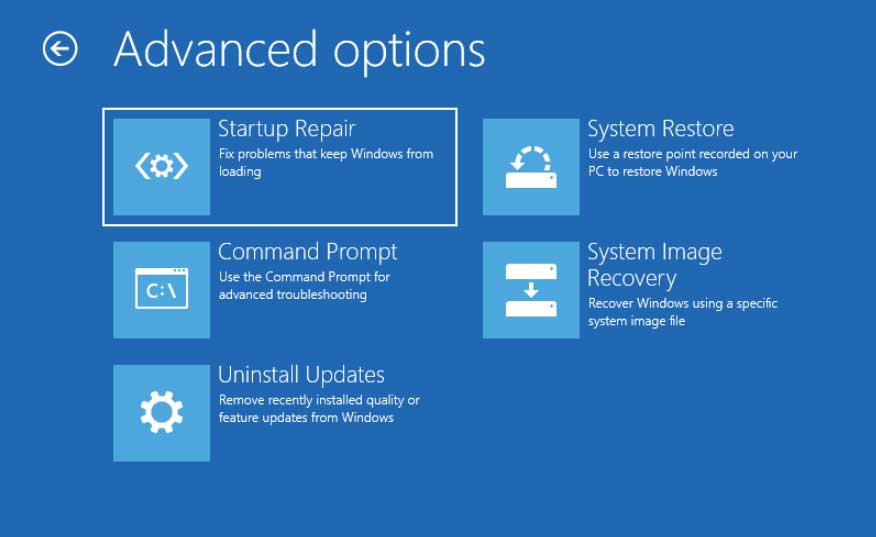
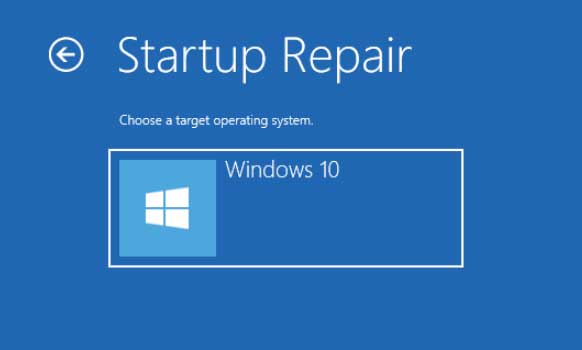
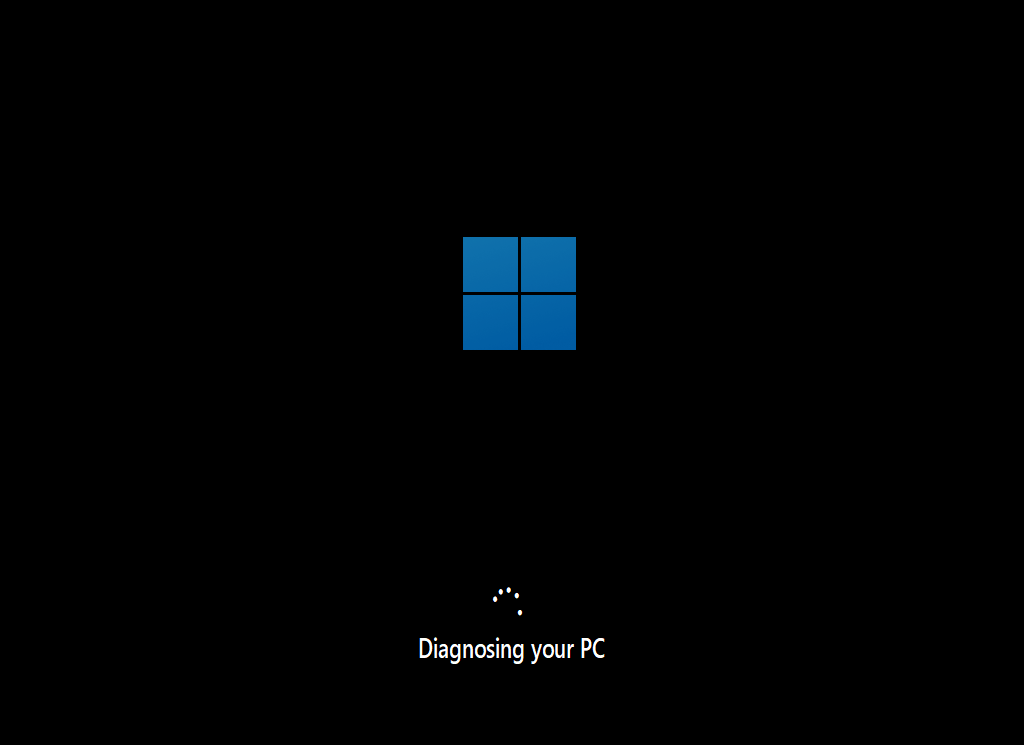
Method 4: Restore your Computer.
System Restore is a feature in Microsoft Windows operating systems that allows users to revert their computer’s state to a previous point in time, often referred to as a “restore point.” It is a useful tool for troubleshooting and fixing system problems caused by software installations, updates, or other changes that may have negatively impacted the system’s stability or performance.
System Restore - Steps by Steps
Case: Getting hardlock.sys error when Installing updates, software, launching an apps, or performing any tasks.
Method 5: Update Windows OS, Drivers and Apps
The majority of Windows issues arise from corrupted, outdated, missing, or incompatible drivers. However, with DriverEasy, these problems can be effortlessly resolved. DriverEasy automatically scans, installs, or updates drivers, ensuring that your system remains up-to-date and optimized.

| Detects all missing, outdated & mismatched drivers. All drivers certified, and direct from manufacturer. | |
| Creates auto restore point and auto system backup. 1 click to download & install all drivers | |
| Updates driver on Windows 10/8.1/8/7/Vista/XP and Windows Server 2019 – 2003. | |
  | |
Outdated or incompatible drivers can frequently be the underlying cause of the Hardlock.sys error. To initiate the troubleshooting process, it is crucial to ensure that your system is up to date. Begin by checking for Windows updates by following these steps:
Update Windows, Drivers, and Apps - Step by Step
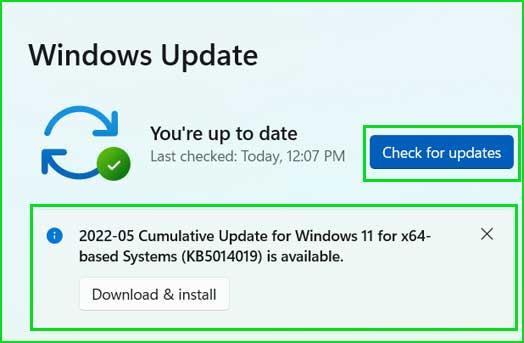
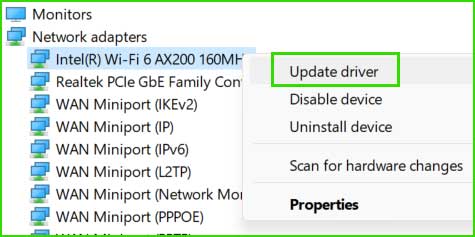
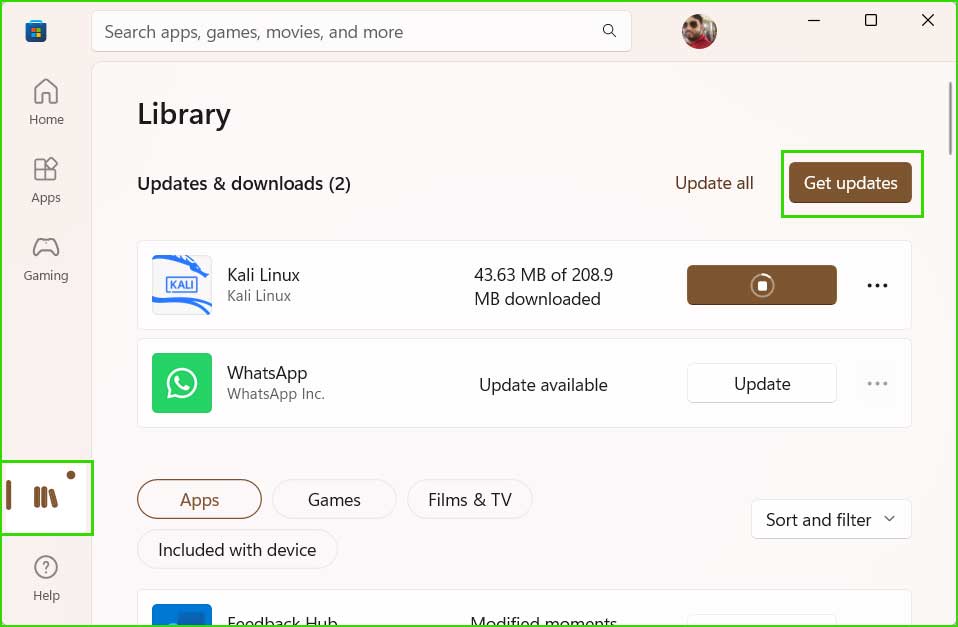
Method 6: Tweak the Registry Key.
You can resolve the hardlock.sys BSOD error by modifying certain values in the registry file. However, it is important to exercise caution when altering registry values, as incorrect changes can potentially lead to permanent system crashes. It is always recommended to create a backup of the registry file and create a System Restore Point before making any edits to critical parts of the operating system.
Edit Registry File
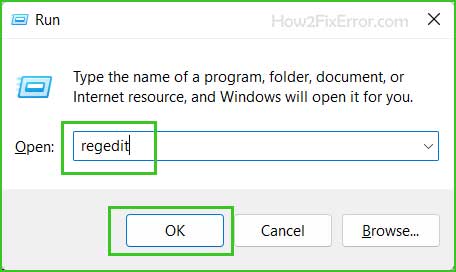
Computer\HKEY_LOCAL_MACHINE\SYSTEM\CurrentControlSet\Services\Hardlock
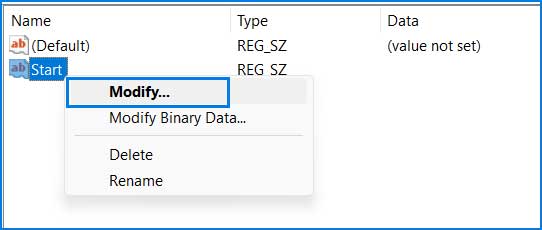
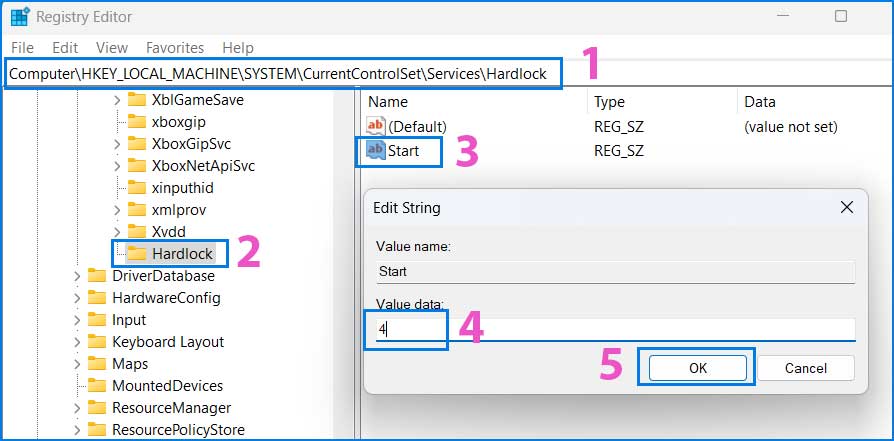
Method 7: Run a Virus or Malware Scanner
As mentioned at the beginning of this article, if your computer is infected with a virus or malware, it is likely that you will encounter the hardlock.sys driver error on your Windows 11 and 10 machine. It is important to run a virus scanner or malware scanner to remove these infected files and protect your system from further harm.
Summary
The Hardlock.sys error can disrupt your Windows 10 experience and impact your productivity. However, by following the troubleshooting steps outlined in this guide, you should be able to resolve the issue and restore the stability of your system.



